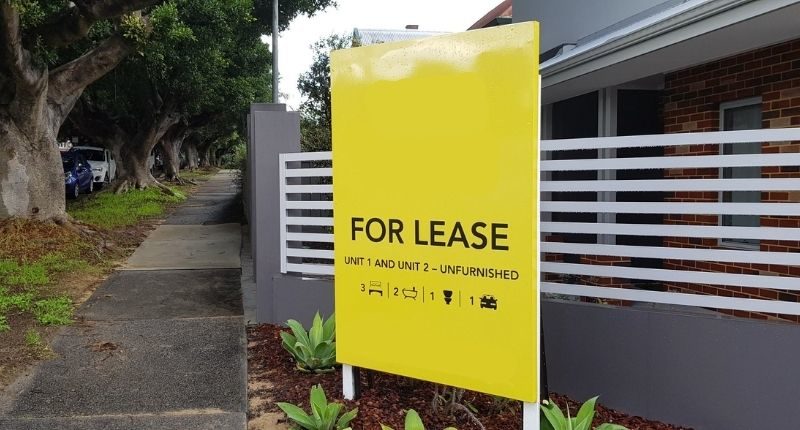
- Continued a three month decline
- National is now at 1%, or 21,000 properties
- Only capital to see a rise was Hobart
“All capital cities are now operating in a landlords’ market,” said Domain in its latest vacancy rate report for March 2022.
That has very much been the story throughout the pandemic, vacancy rates tracking southward for much of the country.
Also part of the story is elevated demand and egregiously low rental supply.
What are the latest figures?
Domain published its March 2022 figures today, reporting the national vacancy rate is at an all-time low of 1%.
This is the third consecutive month of declining vacancies, nationally, and is the lowest since Domain’s records began in 2017.
Sydney and Melbourne also hit record low vacancy rates, 1.4% and 1.8% respectively.
Perth and Canberra maintained an all-time low vacancy rate of 0.5%.
Adelaide recorded the lowest ever vacancy rate of any capital city in Australia of 0.2%.
Hobart was the only city to see a rise in vacancy rates.
What’s driving demand now?
The latest addition to a growing list of answers to: Why are vacancy rates so low? Open borders, said Domain Chief of Research and Economics Dr Nicola Powell.
“After just one month of international and all domestic borders opening, we are already seeing increased pressure on an already strained rental market.”
Dr Nicola Powell, Domain Chief of Research and Economics
“It’s caused a resurgence in rental demand, particularly in Sydney and Melbourne which again have recorded the biggest drop in vacancy rates. With many cities already sitting at record high asking rents, combined with the current tightening conditions we’re likely to see rental price increases continue, causing worsened conditions for tenants.”
Nationally, vacancy rates moved down 12.9% to just under 21,000 vacant property, with Sydney seeing a 12.4% drop to under 8,500 and Melbourne 12.5% down to under 9,500.
Melbourne becomes landlords’ market
For the first time in two years, Melbourne is now a landlords’ market, according to Domain. This follows some of the harshest lockdown measures in the country and indeed the world.

Other details
Domain also noted in its report that rental stock is at its lowest level across multiple capitals including Canberra, Brisbane, Adelaide, and Perth.
To rub salt into the wound of high asking rents, it seems there may be more pain on the horizon for renters:
“The rise in investor activity, as well as overseas migrants who will rent upon arrival, will spiral rental demand further and worsen conditions for tenants.”
Domain Vacancy Rates: March 2022 Report
Across Australia, some of the highest vacancy rates could be found about an hour or so out of the CBD, but in Adelaide and Perth it was quite the opposite.







